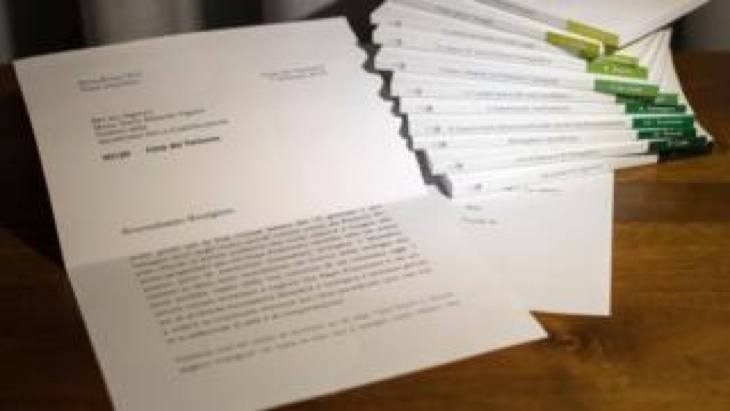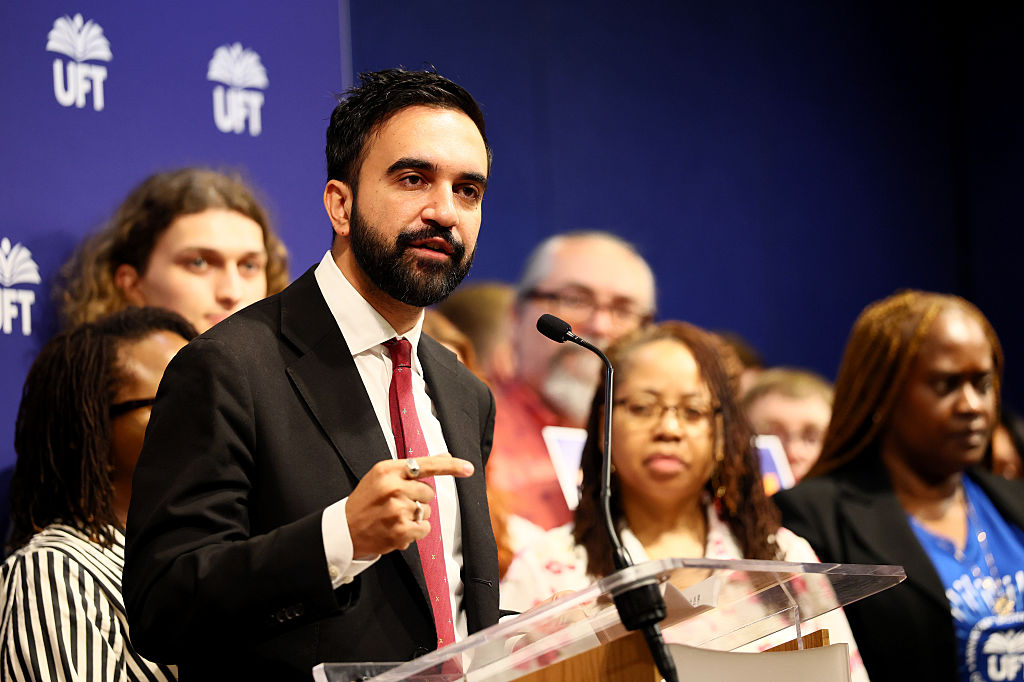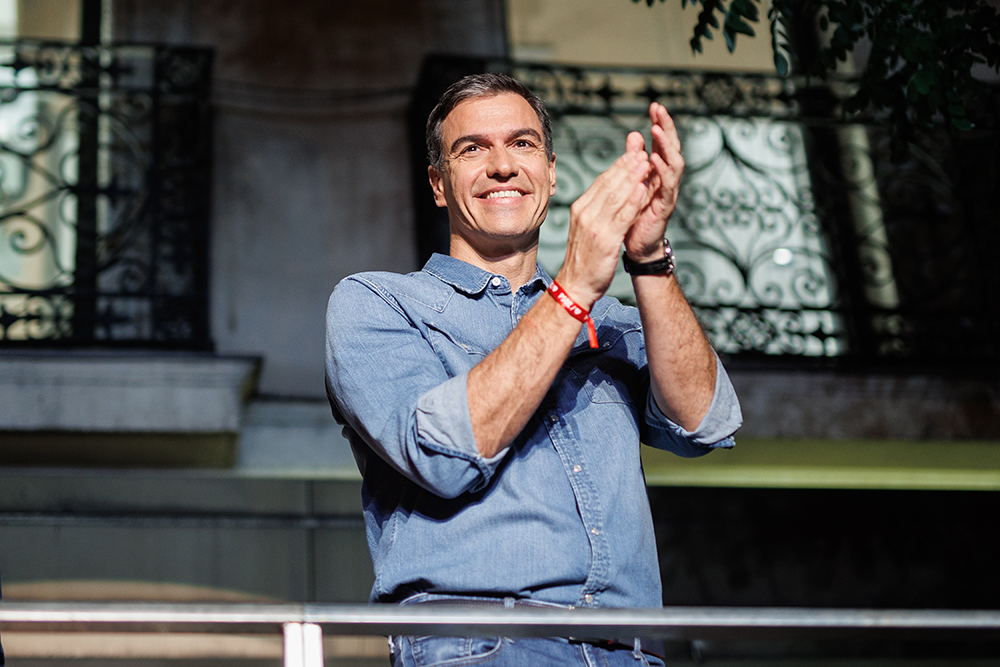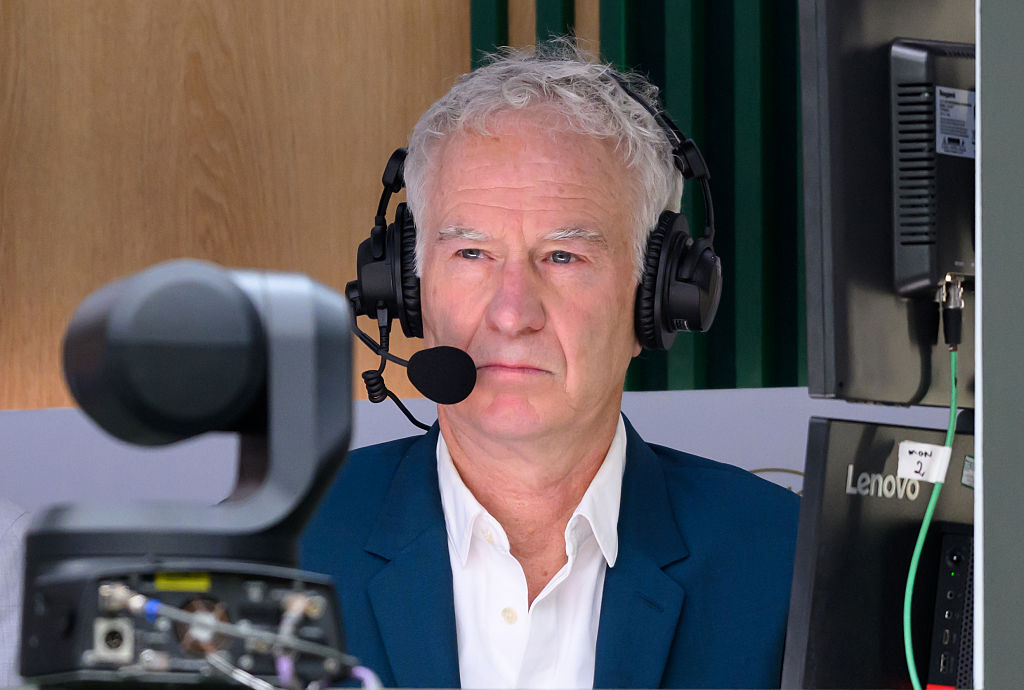Fake news is dangerous because it uses ‘distorted data’ to manipulate the public, Pope Francis warned us in January.
Well, he should know. Yesterday it emerged that his press office doctored a photograph of a letter from Benedict XVI in which the Pope Emeritus apparently praised some new books containing Francis’s collected writings.
Benedict wrote that the books reveal ‘the interior continuity between the two pontificates, with all the differences in style and temperament’. But he added that he hadn’t read them.
The blogger Sandro Magister, an indefatigable critic of Francis, noticed the Vatican’s sleight of hand and the Associated Press followed up the story. To quote from its report:
The Vatican admitted to The Associated Press on Wednesday that it blurred the two final lines of the first page where Benedict begins to explain that he didn’t actually read the books in question. He wrote that he cannot contribute a theological assessment of Francis as requested by Vigano [the Vatican’s new head of communications] because he has other projects to do.
A Vatican spokesman, speaking on condition of anonymity, didn’t explain why the Holy See blurred the lines other than to say it never intended for the full letter to be released. In fact, the entire second page of the letter is covered in the photo by a stack of books, with just Benedict’s tiny signature showing, to prove its authenticity.
What an amateurish and shameful stunt. Members of ‘Team Francis’, the Pope’s liberal journalist-hagiographers, whom I wrote about yesterday, were quick to blame Mgr Dario Vigano, whose new Secretariat for Communications was supposed to introduce new standards of transparency to the Vatican’s media operations. Instead, it has resorted to photoshopping.
Team Francis’s Private Pike, Christopher Lamb of the left-wing Tablet, tried his familiar tactic of telling us to move along, please, nothing to see here. He tweeted: ‘The bigger question here is whether it is wise to ask a retired Pope to give an assessment of his predecessor?’ (Note the redundant question mark.)
Really? I’d have said that bigger question concerns the reliability, shall we say, of information coming out of the Vatican, including the Supreme Pontiff’s own statements.
This is a pope who claimed that he ‘didn’t remember’ the most controversial paragraph in his apostolic exhortation Amoris Laetitia; who told his ally Cardinal Oscar Maradiaga, accused of financial wrongdoing, that he was innocent before the Church’s investigation was properly under way; and who claimed that victims of a Chilean child abuser ‘had not come forward’ – despite being handed eight pages of crucial testimony by Cardinal Sean O’Malley.
Meanwhile, the German filmmaker Wim Wenders is about to release a glowing portrait of Pope Francis. Its subtitle? ‘A Man of his Word’.

























